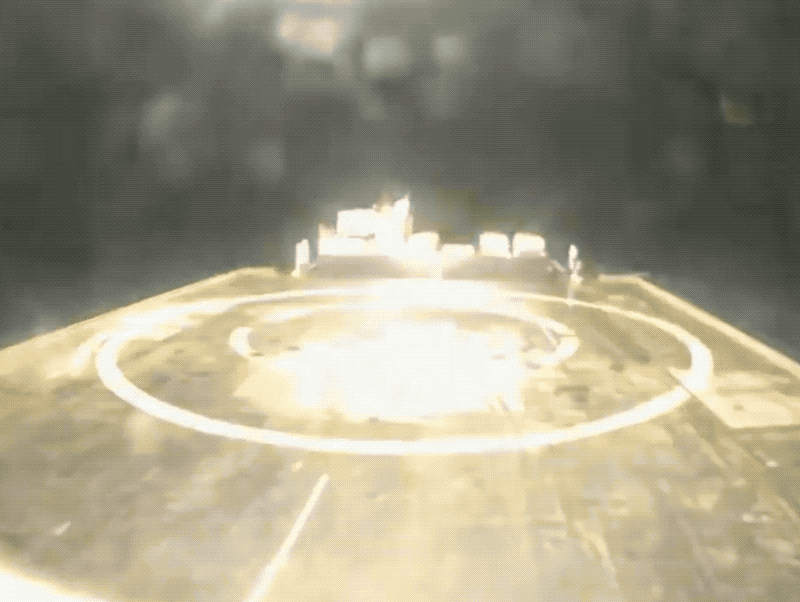SpaceX launched its second Falcon 9 rocket in the span of just four days on Wednesday at 9:25 PM EDT (6:25 PM PDT). This one was carrying 60 more satellites for its Starlink constellation, which will bring the total currently in operation on orbit to 480. The launch took off from Florida, where SpaceX launched astronauts for the first time ever on Saturday for the final demonstration mission of its Crew Dragon to fulfill the requirements of NASA’s Commercial Crew human-rating process.
Today’s launch didn’t include any human passengers, but it did fly that next big batch of Starlink broadband internet satellites, as mentioned. Those will join the other Starlink satellites in low Earth orbit, forming part of a network that will eventually serve to provide high-bandwidth, reliable internet connectivity, particularly in underserved areas where terrestrial networks either aren’t present or don’t offer high-speed connections.
This launch included a test of a new system that SpaceX designed in order to hopefully improve an issue its satellites have had with nighttime visibility from Earth. The test Starlink satellite, one of the 60, has a visor system installed that it can deploy post-launch in order to block the sun from reflecting off of its communication antenna surfaces. If it works as designed, it should greatly reduce sunlight reflected off of the satellite back to Earth, and SpaceX will then look to make it a standard part of its Starlink satellite design going forward.
Part of this launch included landing the first stage of the Falcon 9 rocket used for the launch, which has already flown previously four times and been recovered – that makes this a rocket that has now flown five missions, and today it touched down safely once again on SpaceX’s drone landing barge in the ocean so it can potentially be used again.

SpaceX will also be attempting to recover the two fairing halves that form the protective nose cone used during launch at the top of the rocket to protect the payload being carried by the Falcon 9. We’ll provide an update about how that attempt goes once SpaceX provides details.
Tomorrow, June 4, actually marks the 10-year anniversary of the first flight of a Falcon 9 rocket – between this reusability record, and the much more historic first human spaceflight mission earlier this week, that’s quite the decade.
from TechCrunch https://ift.tt/3gQEBpF



No comments:
Post a Comment